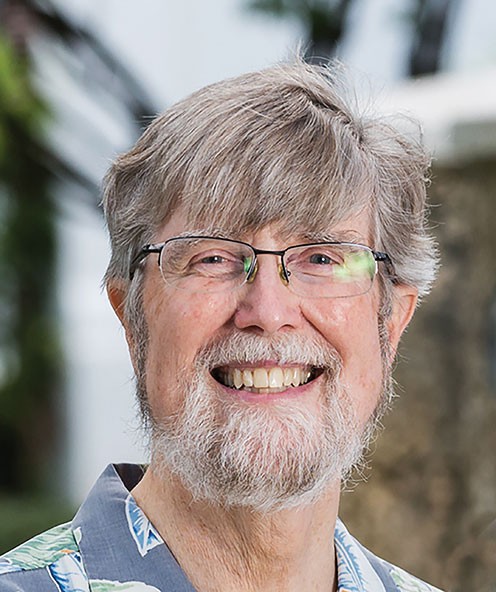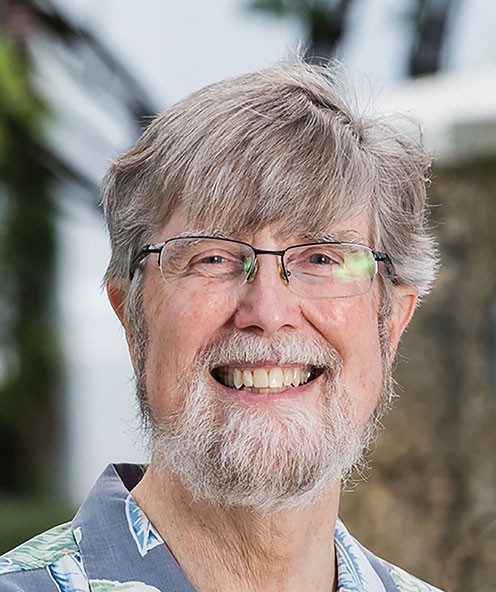Tom Bales ’70
Inveterate inventor built a thermonuclear fusion reactor for fun.



If variety is the spice of life, Tom Bales ’70 has had a career akin to three-alarm chili, with stints in medical devices, rocketry, fusion reactors, and robotics.
After graduation, Bales put his education to use for the US Army (“at their option,” he notes ruefully), calculating artillery shell trajectories—though he served in Germany rather than Vietnam.
Afterward, he had hoped to design race cars, but instead he landed at Cordis, a Miami firm that developed cardiology and neurosurgical devices. Later he cofounded Symbiosis, a startup that designed and manufactured instruments for the burgeoning field of laparoscopic surgery. In 1992 it sold for $175 million.
Barred from the medical-device field by a noncompete agreement, Bales needed a different focus for the next stage of his career. He had been “playing around” with hybrid rocket propulsion, so he cofounded Environmental Aeroscience Corp. (EAC) to make hybrid rocket engines for advanced hobbyists. Although it seems like a major departure from medical devices, he says, “the equations are different, but the hardware isn’t that different.”
After investigating various hybrid fuel possibilities (“many of which exploded violently,” Bales says), EAC successfully test-launched the Hyperion rocket, “but we were moving farther and farther toward weapons systems, which was really not something we wanted to do.”
The next venture began with a visit by Burt Rutan, a well-known aerospace engineer who was working on reusable spacecraft. “It was like Thomas Edison calling you and saying, ‘I need help with this lightbulb project,’” Bales recalls. EAC became part of Rutan’s team that eventually won the $10 million Ansari X Prize.
The ever-curious Bales also founded the Energetic Ray Global Observatory, a global array of cosmic-ray detectors placed in classrooms to collect data, which can render a real-time image of the cosmic-ray sky. And he built a thermonuclear fusion reactor, “mostly because it seemed like such an outrageous thing to do,” he says. “It’s an expensive hobby, but not as expensive as airplanes or boats or mistresses.” He also created the Symbiosis Foundation to fund STEM education projects.
Bales says his MIT experience helped him develop his interests into concrete projects. “Being around a lot of really smart people working on the state of the art in lots of fields helps you to understand where your own level of knowledge fits into the big picture,” he says. “If you work hard enough at something, you can learn just about anything.”